The island of Hawaiʻi is built from five separate shield volcanoes that erupted somewhat sequentially, one overlapping the other. Three are still active: Hualālai, Mauna Loa, and Kīlauea; Mauna Kea is dormant, and Kohala is extinct. Mauna Loa and Kīlauea make up the Volcanoes National Park, a UNESCO World Heritage Site.
The next day we took a tour to Hawaii Volcano National Park. This was a learning experience for me. Hawaiian volcanoes are shield volcanoes, not the conic, stratovolcanoes I am used to. Shield volcanoes are volcanoes that produce lava flows that form gently sloping, shield-like mountains. You can drive all the way up Kilauea and walk among the steam vents (that could explode). They are so different. We explored the top of Kilauea, had lunch beside the Caldera, and could look down into it. Because of last year’s eruption, many drives and paths were closed. Returning from Kilauea, we drove by Mauna Loa, which has a higher dome. Mauna Loa is the most massive mountain on Earth, covering half of Hawai’i Island. It begins to make sense when you realize that many of the roads we took around the island were really on Mauna Loa.
Kīlauea means “spewing” or “much spreading”in Hawaiian. In Hawaiian mythology, Halemaʻumaʻu, a crater in Kilauea was both the body and home of Pele, goddess of fire, lightning, wind, and volcanoes. The volcano is between 210,000 and 280,000 years old. Since the islands were settled, it has been the most active of the island’s volcanoes and among the most active volcanoes on Earth. The most recent eruption occurred in September 2024. Kīlauea’s most recent eruption took place between September 15 and September 20, 2024 near and within Nāpau Crater. Below are pictures of walking around the Caldera. It is certainly different from Mt. Rainier near Seattle.
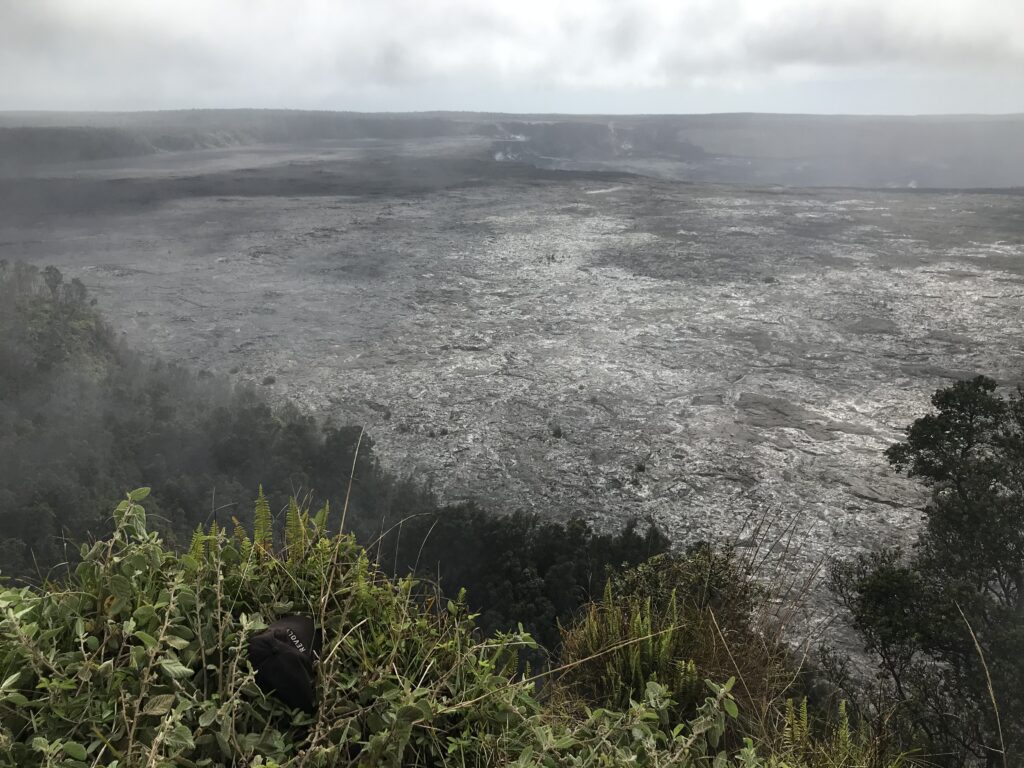
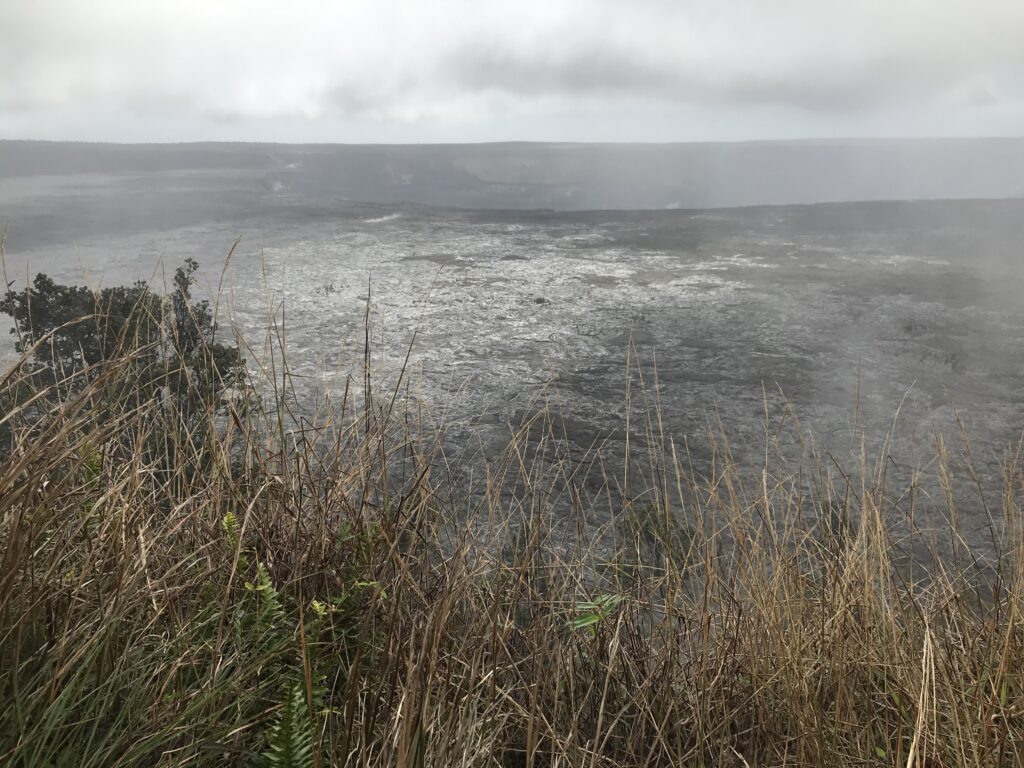
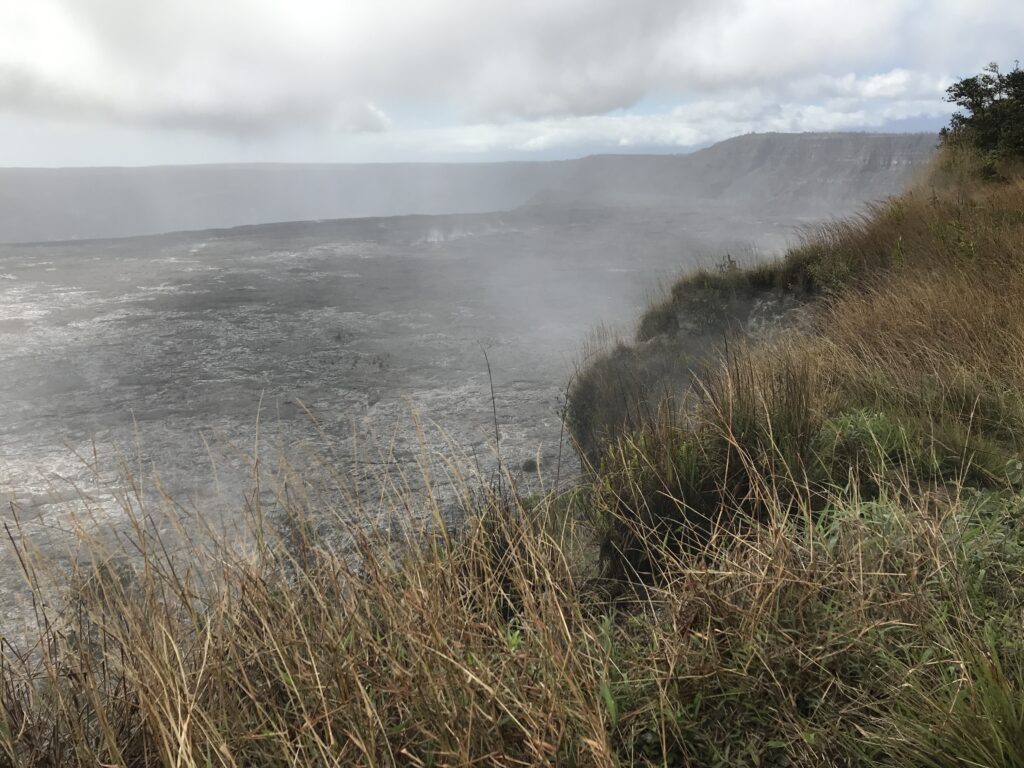
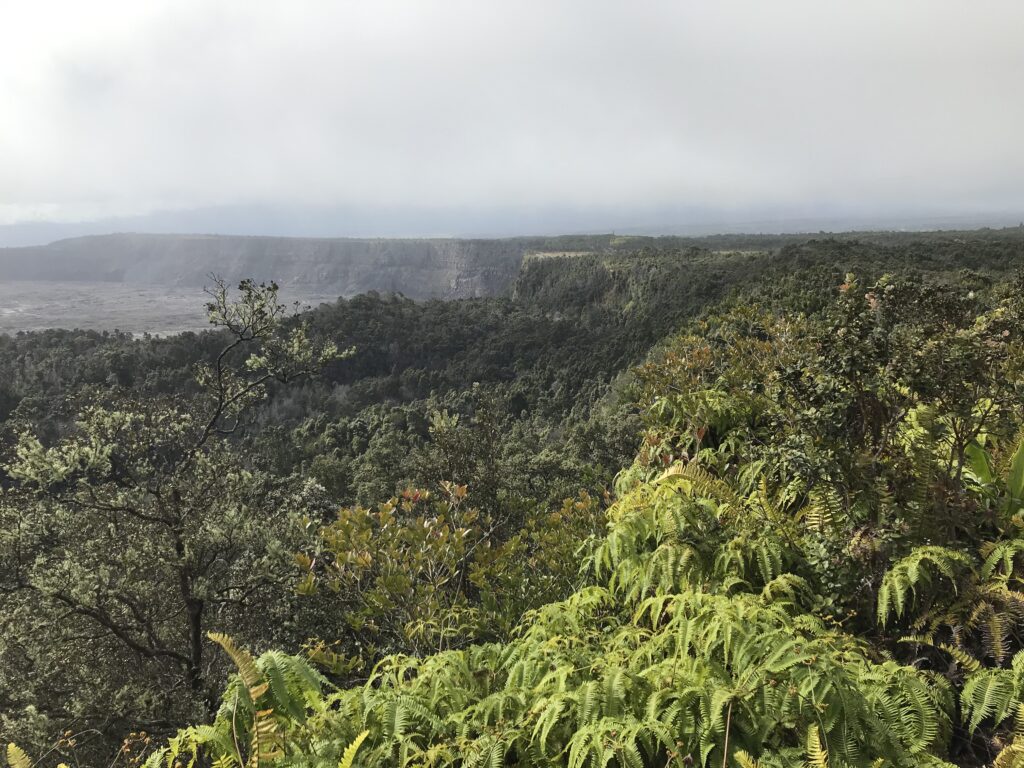
Mauna Loa is one of the largest active volcanoes in the world. Standing at 13,681 feet above sea level, Mauna Loa boasts a commanding presence in the natural beauty of Hawaiʻi. Mauna Loa is a basaltic shield volcano that rises from the ocean floor. It forms the world’s largest Holocene volcano. Mauna Loa’s most recent eruption occurred on Nov. 27, 2022, when lava broke to the surface within Moku‘āweoweo, the summit caldera on Mauna Loa, for the first time in 38 years.
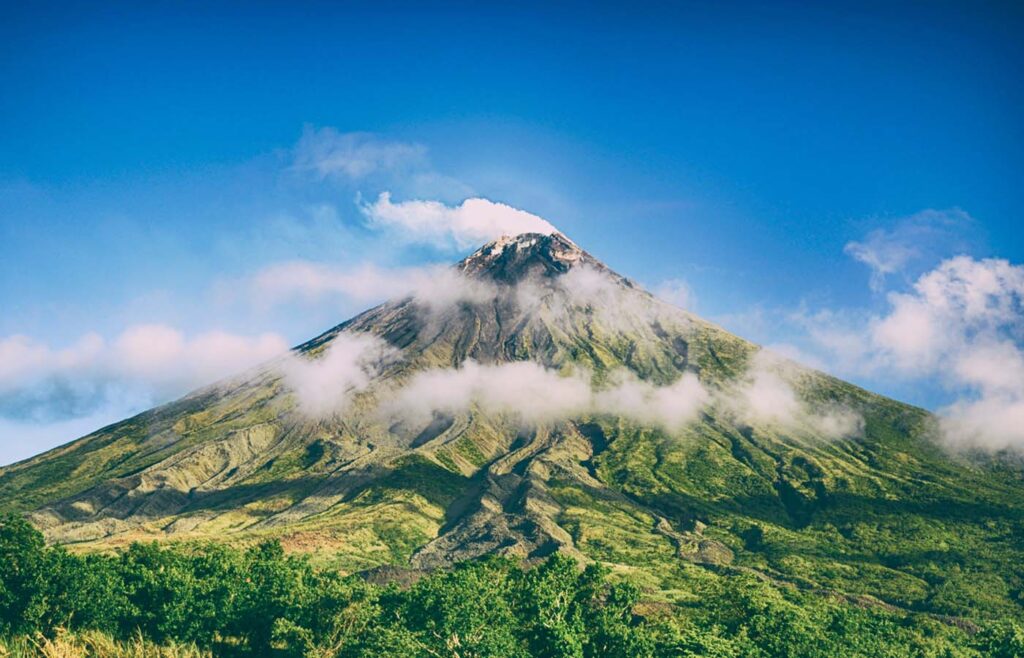
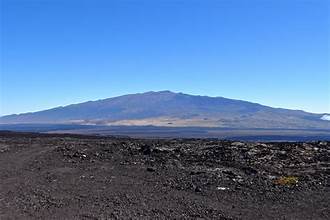
Mauna Kea is a dormant shield volcano. Its peak is 13,803 ft above sea level, making it the highest point in Hawaii. Mauna Kea is the fourth oldest and fourth most active of the five volcanoes on the island. Mauna Kea last erupted between 4,500 and 6,000 years ago.
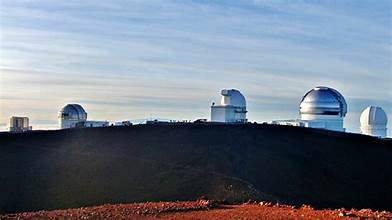
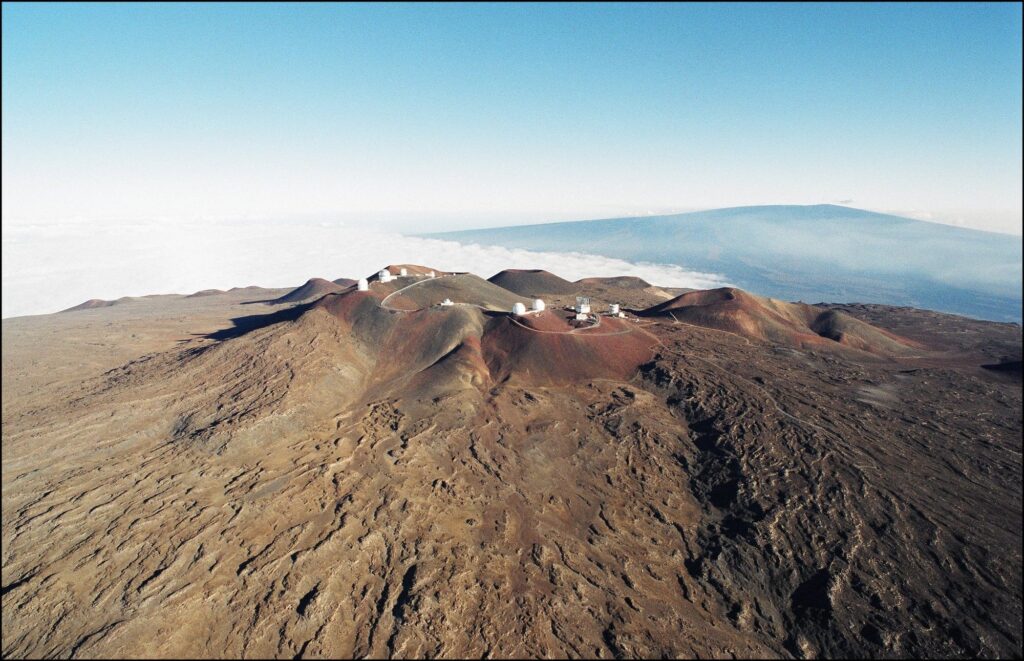
Extensive archeological research has suggested that the shrines, which are arranged around the volcano’s summit are markers for the transition to the sacred part of Mauna Kea. Despite many references to burial around Mauna Kea in Hawaiian oral history, few sites have been confirmed.
Mauna Kea’s summit is one of the best sites in the world for observation of the stars. By 1970, two 24 in telescopes had been constructed by the mountain. Soon local organizations started to raise concerns about the environmental impact of the observatory. Today the Mauna Kea Science Reserve has 13 observation facilities, each funded by as many as 11 countries. There are nine telescopes working in the visible and infrared spectrum, three in the submillimeter spectrum, and one in the radio spectrum. The “Save Mauna Kea” movement believes development of the mountain to be sacrilegious.
Native Hawaiian non-profit groups concerned with cultural heritage and the environment, oppose the development. In late March 2015, demonstrators blocked access of the road to the summit. Since we were curious, we drove up the mountain past many demonstrators but were unable to reach the observatory.
.